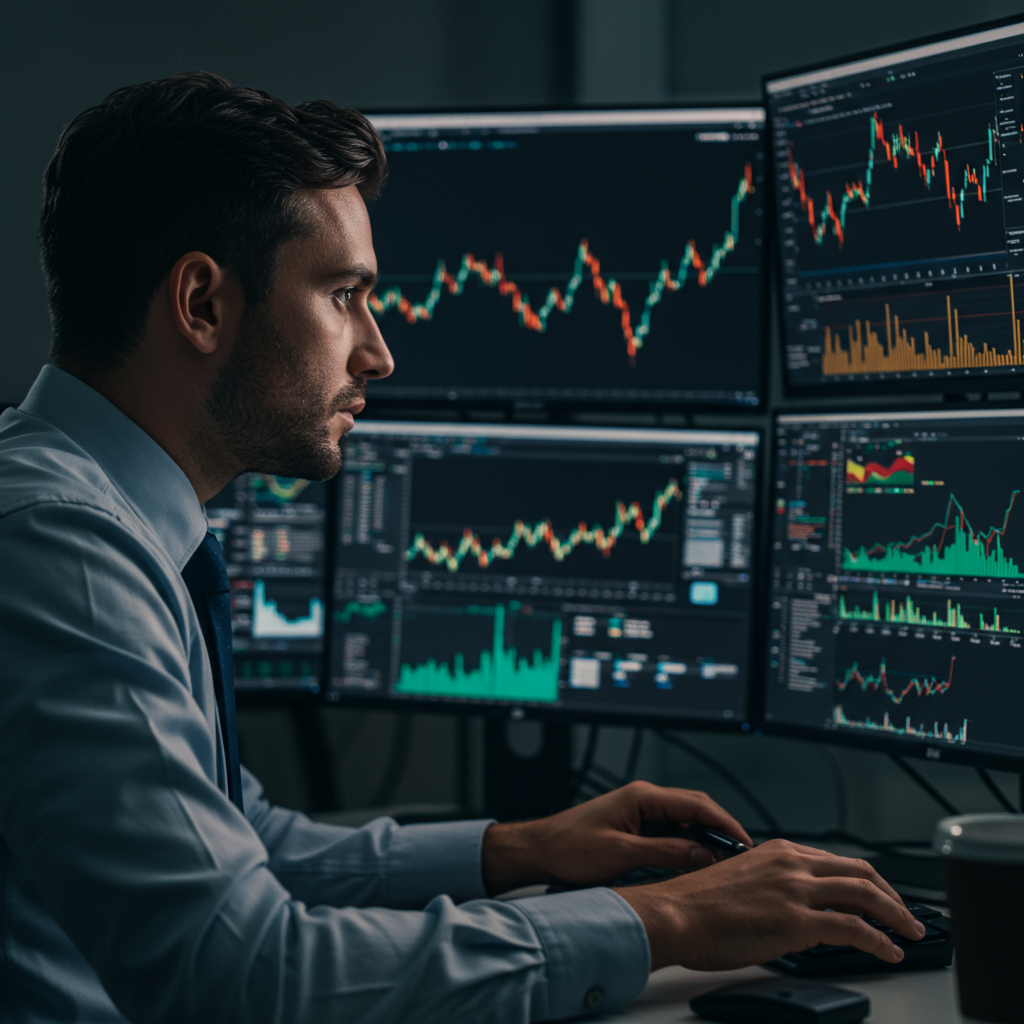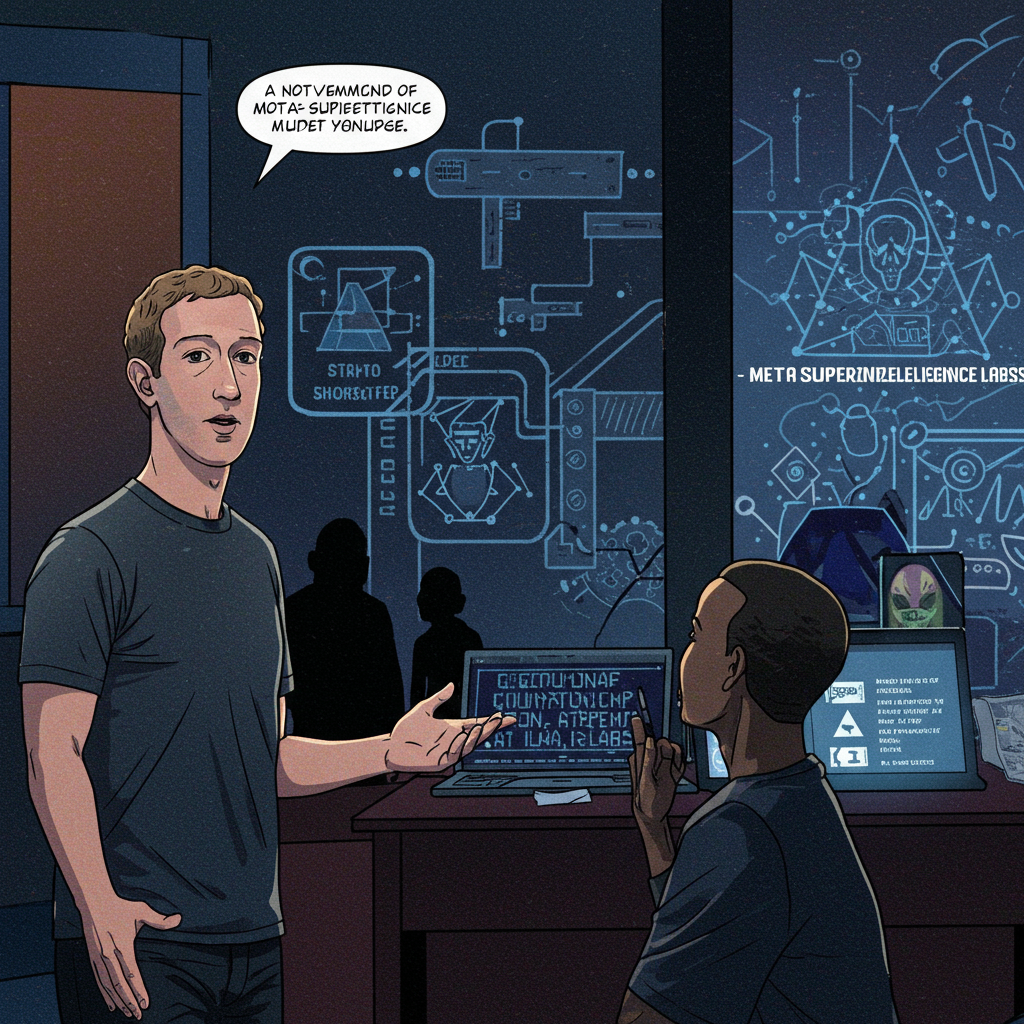Uncertainty Reigns at China’s Summer Davos Amidst Global Headwinds
The World Economic Forum’s “Summer Davos” meeting in the northern Chinese port city of Tianjin recently convened amidst a palpable atmosphere of unease. Business leaders gathered there found themselves deeply troubled by the state of the global economy and the dimming prospects for meaningful growth, concerns magnified by turbulent geopolitical tensions and the persistent threat of trade wars.
Borge Brende, President and CEO of the WEF, characterized the current environment as the “most complex geopolitical and geo-economic backdrop we’ve seen in decades,” issuing a stark warning that a failure to revive global growth could unfortunately lead to a “decade of lower growth.” This sentiment was echoed by Jeffry Frieden, a professor at Columbia University, who described the era as one of “radical uncertainty,” where businesses must navigate a fundamental shift in international affairs.
Geopolitical Risks Cast a Long Shadow
While oil prices saw a temporary dip following a US proposal for a ceasefire between Israel and Iran, the broader escalation of conflicts quickly reclaimed the top spot on a long list of global concerns.
The interconnectedness of geopolitical risks and the global economy was a key theme. Rising tensions can significantly increase operational costs for energy-dependent producers. At some point, these additional expenses can be passed onto consumers via higher prices, potentially dampening demand as people rein in spending. Persistent inflation could also make central banks hesitant to lower interest rates. Beyond direct costs, geopolitical volatility can lead to losses through disrupted travel, tourism, and supply chain rerouting. Investor uncertainty is another major factor, often triggering market sell-offs and a flight to safe-haven assets like gold and the US dollar.
A particularly acute concern highlighted at the summit was the Strait of Hormuz. This critical transit route handles roughly a quarter of the world’s global oil supply. Iran’s threat to close the Strait poses a significant risk, especially for China, which is estimated to import a remarkable 90% of the oil Iran sells. Chris Torrens, head of China at APCO, pointed out that key Chinese machinery sectors, including the burgeoning high-tech industries Beijing aims to champion, still rely heavily on oil. Any disruption to this vital supply chain would be a major worry for China.
The Persistent Challenge of Trade Wars
Beyond direct conflict, the shadow of trade protectionism looms large. US President Donald Trump’s tariff policies have fundamentally upended supply chains and complicated businesses’ ability to plan for the future. The administration’s broad tariff regime has faced legal challenges, with a US court questioning the legal basis for widespread import taxes imposed under emergency powers, asserting that Congress holds the primary authority over international commerce. While the administration is appealing, allowing collections to continue, the legal uncertainty adds another layer of complexity.
These trade tensions have been central to recent high-level negotiations. While a temporary truce reached in Switzerland saw some reciprocal tariffs reduced (US to 30%, China to 10%) with a 90-day deadline for a broader deal, accusations of non-tariff breaches quickly emerged. The US has cited slow Chinese rare earth export releases, while China has pointed to US restrictions on advanced computer chips and visa cancellations.
High-level trade talks have recently resumed in London, with discussions focusing on critical areas like China’s access to rare earth metals, vital for modern technology, and China’s ability to acquire advanced US computer chips and related AI technologies. However, with the pauses on Trump’s hefty reciprocal levies nearing expiration, the lack of clarity regarding the future global business landscape makes long-term planning incredibly difficult for corporations worldwide.
Global Growth Prospects Dim
This environment of heightened policy uncertainty and increased trade barriers is having a tangible impact on global economic forecasts. The World Bank recently delivered a sobering prediction: the current decade is poised to register the slowest global growth since the 1960s. Their analysis largely attributes this pessimistic outlook to the disruptive effects of US tariffs. The bank’s latest report significantly cut growth projections for nearly two-thirds of countries, forecasting global growth at only 2.3% in 2025. Major economies like Japan, Europe, and the United States saw their individual forecasts downgraded, though the World Bank notably kept its forecast for China unchanged, citing its financial stability. This aligns with the Organization for Economic Co-operation and Development (OECD), which also explicitly blamed a “significant” rise in trade barriers for its own downgraded global growth forecast.
China’s Domestic Balancing Act and Future Focus
The WEF event also took place against the backdrop of China’s own economic challenges. The country has grappled for years with issues including a protracted property crisis, high urban unemployment, and sluggish domestic spending. Beijing has implemented a string of measures aimed at stimulating the economy.
Despite these domestic headwinds and the global uncertainty, China is still expected to meet its official growth target of around 5% for the year. Economists estimate that the country could account for nearly 30% of global growth this year, underscoring its importance to the world economy.
Facing threats to its traditional manufacturing export engine from trade tariffs, China is strategically turning its attention to emerging technologies like Artificial Intelligence (AI) as crucial new sources of growth. Mirek Dusek, Managing Director at WEF, noted the “huge potential” AI holds for driving future growth and enhancing competitiveness, a sentiment supported by a PwC estimate that AI could boost global growth by 15% by 2035.
Seeking Opportunity Amidst Global Flux
Amidst this complex global environment, some observers suggest China sees an opportunity at the WEF. Chris Torrens commented that, in a sense, US actions have provided China with “a massive PR opportunity” at the event to position itself as a champion of globalization. While acknowledging that achieving genuine free market access in China is still “a work in progress,” Beijing is clearly keen to step up its role as a significant regional and global player on the economic stage.
For business leaders worldwide, the “radical uncertainty” makes navigating the future exceptionally difficult. With trade tensions unresolved, geopolitical risks escalating, and growth prospects dimming, the challenge of making long-term plans in this complex global economic environment remains paramount.



